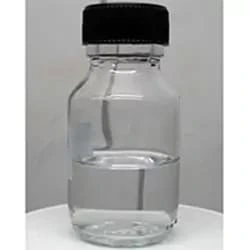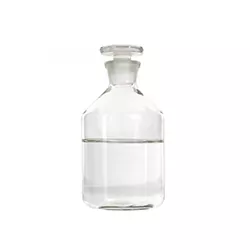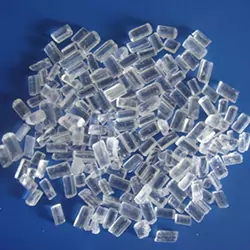Acrylonitrile
|
IUPAC Name |
: Prop-2-enenitrile |
|
Cas Number |
: 107-13-1 |
|
HS Code |
: 2926.10.00 |
|
Formula |
: H2CH(CH)CN |
Basic Info
|
Appearance Name |
: Clear, Colorless Liquid |
|
Common Names |
: Vinyl cyanide, 2-Propenenitrile |
|
Packaging |
: 160 kg drum |






